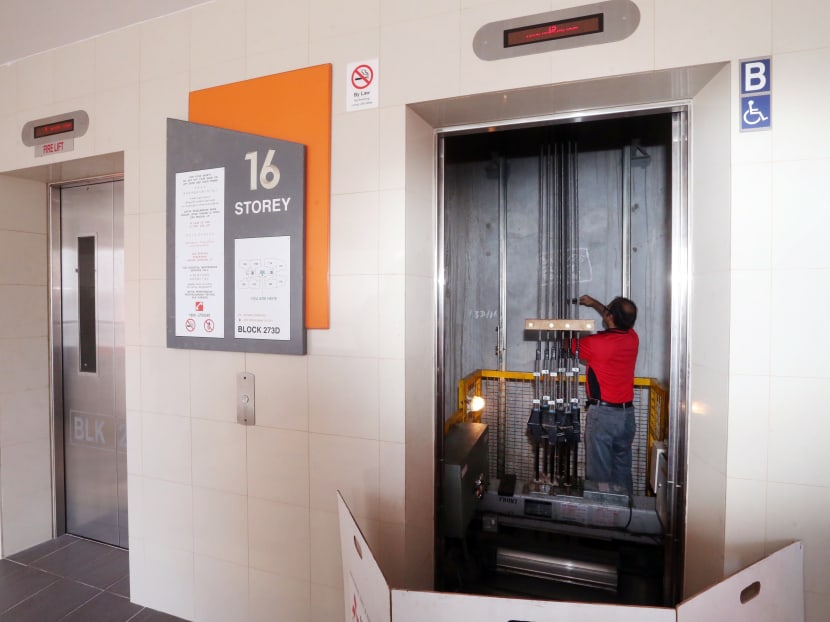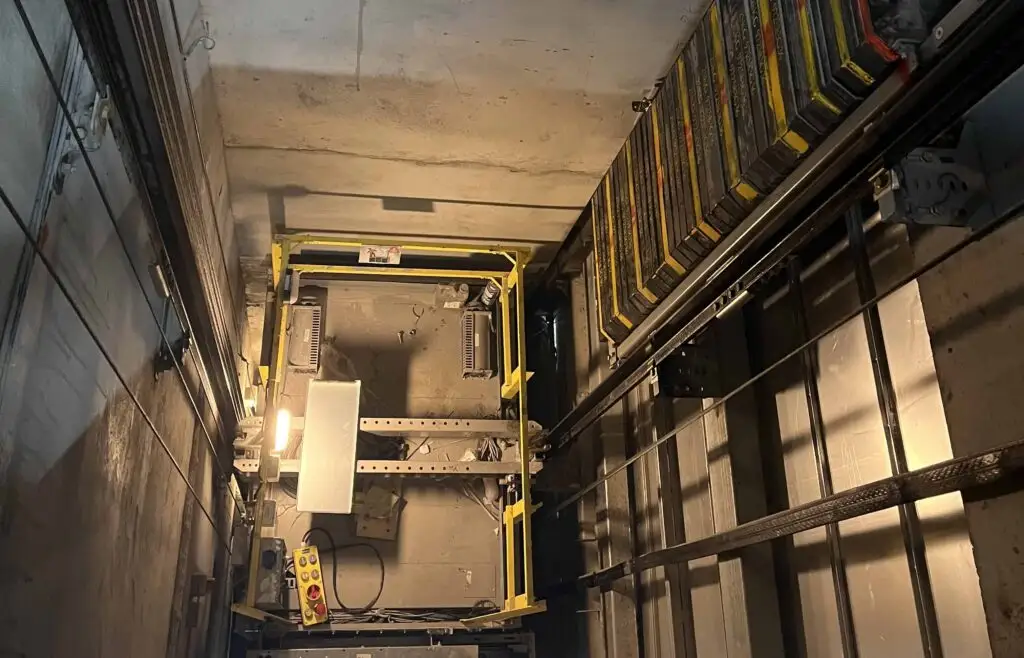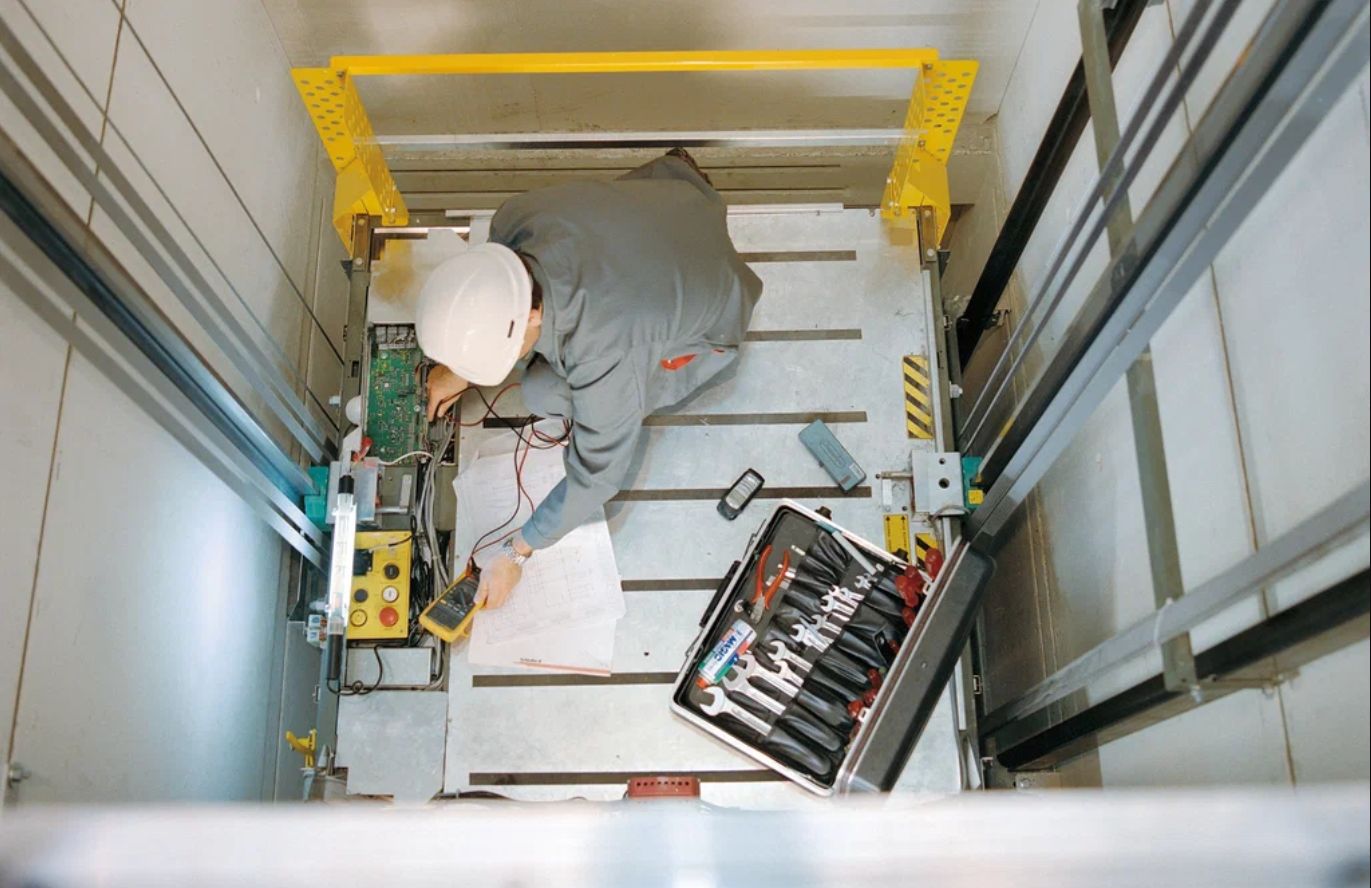Budget-friendly Lift Maintenance Repair: Maintaining Your Lifts Running Efficiently
Budget-friendly Lift Maintenance Repair: Maintaining Your Lifts Running Efficiently
Blog Article
Pro Tips for Keeping Your Lift in Top Problem: A Detailed Summary
Making sure the ideal performance of a lift system is essential for a effective and secure procedure in numerous setups, from industrial storage facilities to business buildings. The essential to protecting the durability of these necessary makers exists in thorough maintenance methods and interest to information. By adhering to an organized upkeep program and preemptively addressing possible problems, lift proprietors can alleviate costly downtime and safety and security risks. In this comprehensive introduction, we will check out necessary pointers and techniques that will assist you support your lift in peak condition, securing both devices integrity and functional connection. Lift Maintenance Repair.

Importance of Routine Maintenance
Regular upkeep of your lift is important to ensure its optimal performance and long life. By adhering to a routine upkeep schedule, you can recognize and address possible concerns prior to they rise right into expensive repair services or unforeseen downtime. Regular upkeep tasks such as lubricating moving parts, evaluating for wear and tear, and examining hydraulic systems can assist protect against malfunctions and guarantee secure procedure.
Overlooking routine upkeep not only jeopardizes the performance of your lift yet additionally poses security risks to customers and property. Elements that are not appropriately maintained may fail unexpectedly, causing mishaps or damages to the lift itself. Additionally, resolving concerns early on via maintenance can expand the life-span of your lift and lower the chance of major break downs.
Along with improving security and performance, normal maintenance can also save you cash over time. By investing in preventive upkeep procedures, you can prevent pricey repair work or replacements that may emerge from overlooking the maintenance of your lift. Overall, focusing on routine upkeep is necessary for optimizing the performance and durability of your lift system.
Leading Elements to Check

Furthermore, pay close interest to the lift's safety and security features, such as emergency situation quit switches, safety and security sensing units, and interlocking devices, to guarantee they are functioning correctly. On a regular basis check the lift shaft for debris or blockages that can impede the activity of the lift cars and truck. Finally, don't forget to check out the doors, joints, and door operators to guarantee smooth opening and closing procedures. By carefully checking these top components, you can capture prospective concerns early and ensure your lift continues to be in leading problem.
Positive Troubleshooting Strategies
When confronted with possible lift system problems, taking on proactive repairing strategies can significantly enhance operational performance and prevent costly downtime. One of the key proactive troubleshooting techniques is to consistently keep an eye on and evaluate lift performance information. By tracking metrics such as lift rate, electric motor temperature, you can find out more and energy consumption, maintenance groups can determine very early indications of prospective concerns and take restorative activities before they escalate. Carrying out routine visual inspections of critical parts, such as cable televisions, pulley-blocks, and security devices, can likewise help in spotting wear and tear or imbalances that could bring about breakdowns. In addition, executing a preventive upkeep schedule that includes lubrication of moving parts, screening of emergency situation brakes, and calibration of sensors can proactively deal with typical lift system issues.
In addition, purchasing training programs for maintenance staff on fixing techniques details to the lift version set up can encourage them to identify and settle concerns promptly. By staying in advance of possible troubles through proactive troubleshooting, lift operators can ensure a smoother and extra trusted procedure while lessening the threat of unforeseen break downs.
Crucial Lubrication Practices
Carrying out correct lubrication techniques is vital for making certain see this here the smooth procedure and long life of lift systems. Routine lubrication helps in reducing rubbing between moving components, protecting against deterioration that can bring about expensive repairs and downtime. When it concerns raise maintenance, following a strict lubrication routine is necessary.
Choosing the ideal lube is the very first step in effective upkeep. Various components of the lift system might need specific kinds of lubricants, such as grease or oil. Seek advice from the supplier's standards to figure out the proper lubes for each part.

Address any concerns immediately to protect against more damages and guarantee the ongoing smooth procedure of your lift system. By focusing on proper lubrication techniques, you can expand the life-span of your lift and maximize its performance.
Security Measures for Lift Operators
In order more info here to keep a safe functioning environment and support operational effectiveness, lift operators need to rigorously stick to recommended safety protocols, alongside focusing on essential lubrication techniques for optimal lift performance. Security procedures for lift drivers are vital to stop crashes and make certain the smooth performance of the lift system.
Additionally, lift drivers must prioritize personal protective equipment (PPE) such as headgears, handwear covers, and harness when operating at elevations or managing hefty lots. Clear interaction amongst operators, maintenance specialists, and other employees is important to avoid misunderstandings that might result in crashes. Last but not least, drivers ought to remain attentive, focused, and avoid disturbances while operating the lift to guarantee the security of themselves and others around.
Final Thought
To conclude, keeping a lift in leading problem is essential for making sure security and efficiency in procedures. Regular upkeep, detailed assessments of vital parts, positive troubleshooting, correct lubrication techniques, and adherence to safety and security measures are essential for extending the life expectancy of the lift and protecting against mishaps. By complying with these guidelines, lift drivers can make certain the continued performance and security of their tools.
By sticking to a structured maintenance regimen and preemptively resolving potential concerns, lift owners can alleviate expensive downtime and safety hazards. Routinely check the lift shaft for debris or obstructions that might restrain the movement of the lift car.In order to maintain a risk-free functioning atmosphere and promote functional efficiency, lift drivers must rigorously adhere to prescribed security protocols, along with prioritizing crucial lubrication techniques for optimum lift performance. Safety and security actions for lift drivers are vital to stop crashes and ensure the smooth performance of the lift system. Routine maintenance, complete evaluations of key parts, positive troubleshooting, proper lubrication practices, and adherence to safety and security procedures are vital for lengthening the lifespan of the lift and avoiding mishaps.
Report this page